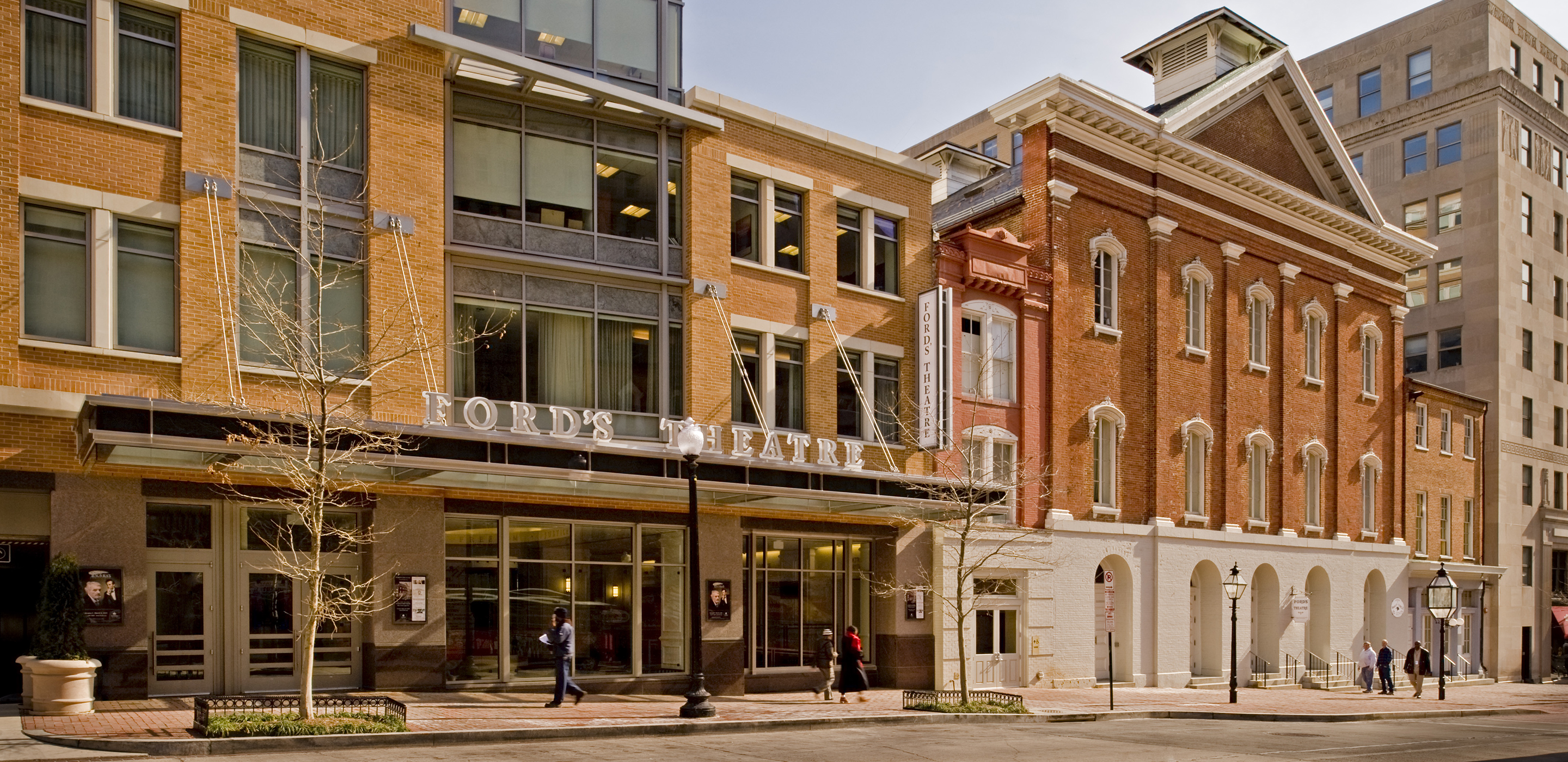
History of Ford’s Theatre
What should happen to a site where a violent event like Lincoln’s assassination takes place? Since 1865, people have answered that question many different ways.
Ford’s Theatre and the Petersen House are forever linked with President Abraham Lincoln’s assassination on April 14, 1865. Before then, these ordinary Washington buildings reflected changes in the city. Since they have reflected and driven changes in how Americans, and people around the world, commemorate Lincoln’s assassination and other violent events.
Explore the history of the site below.
How Have Ford’s Theatre and the Petersen House Changed?
Follow how the two buildings have evolved since the 1830s. Keep checking back as we add pages with more details about each era!
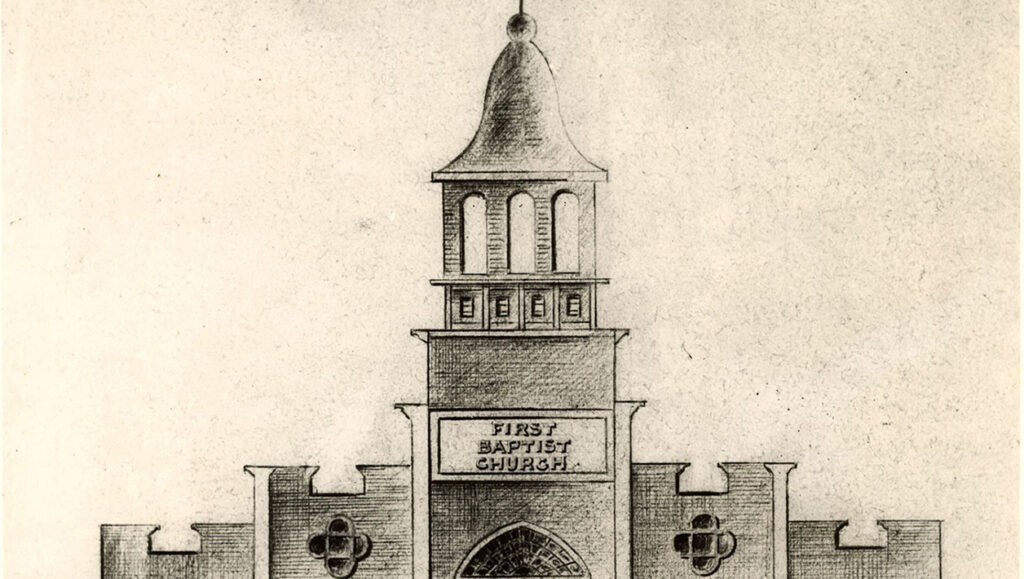
First Baptist Church
1833-1861
In 1833, a Baptist congregation erected a church. Originally a multiracial congregation, First Baptist Church split in 1839 into white and African American churches. First Baptist Church occupied the site until 1859.
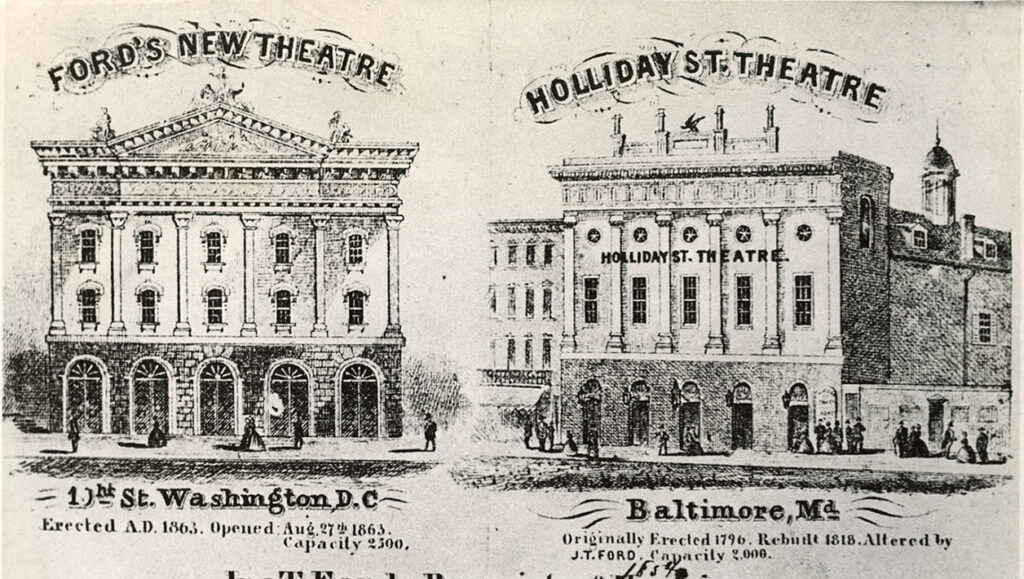
A Civil War Theatre
1861-1865
In 1861, John T. Ford purchased First Baptist Church and renovated it into a theatre. After a fire in late 1862, Ford had a new building erected—the present-day Ford’s Theatre. It was one of Washington’s premiere theatres as the Civil War raged.
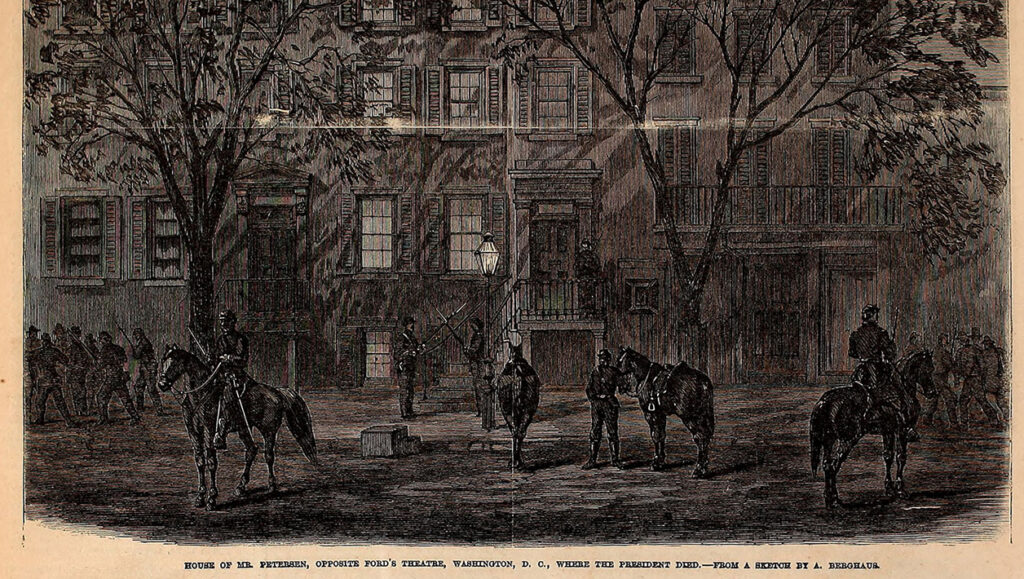
A Middle-Class Boarding House
1849-1871
William and Anna Petersen bought a home at what today is 516 10th Street, NW, in 1849. Like other homeowners in Washington, they rented out rooms to help pay the bills. Their renters came from a variety of backgrounds and represented a part of the mixture of people in Washington at the time.

A Site of Tragedy
1865-1866
What should happen to a building after a violent event? After Lincoln’s assassination, people expressed a variety of ideas about what should happen to Ford’s Theatre—including burning it down, reopening the theatre and transforming it into an educational institute named for Lincoln.
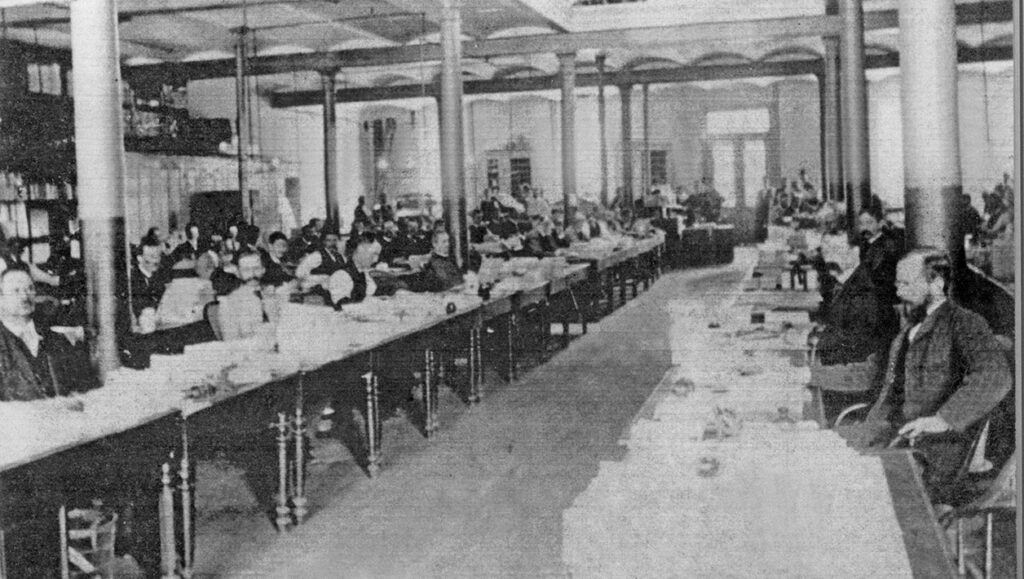
Federal Office Building
1866-1932
The U.S. government purchased Ford’s Theatre in 1866. Secretary of War Edwin Stanton ordered it converted into a three-floor office building, with the Army Medical Museum initially occupying the third floor. It remained a federal records building until 1932, even after an interior collapse killed 22 workers in 1893.
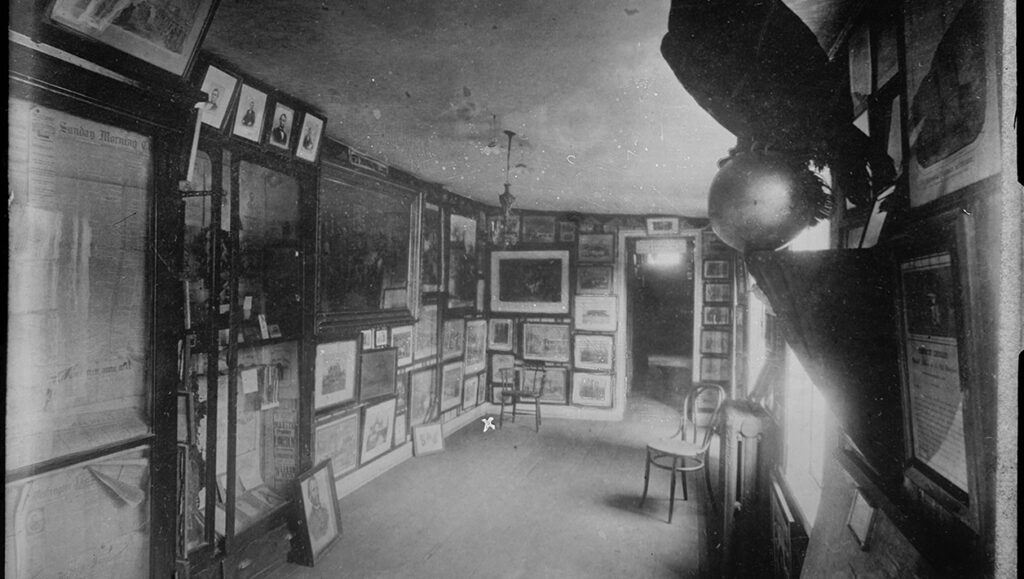
Law Office to Lincoln Museum
1866-1932
After Anna and William Petersen’s heirs sold their family’s house, the building became a law and newspaper office. But visitors kept showing interest. A group of prominent Washingtonians arranged for it to become collector Osborn Oldroyd’s Lincoln Museum in 1893.
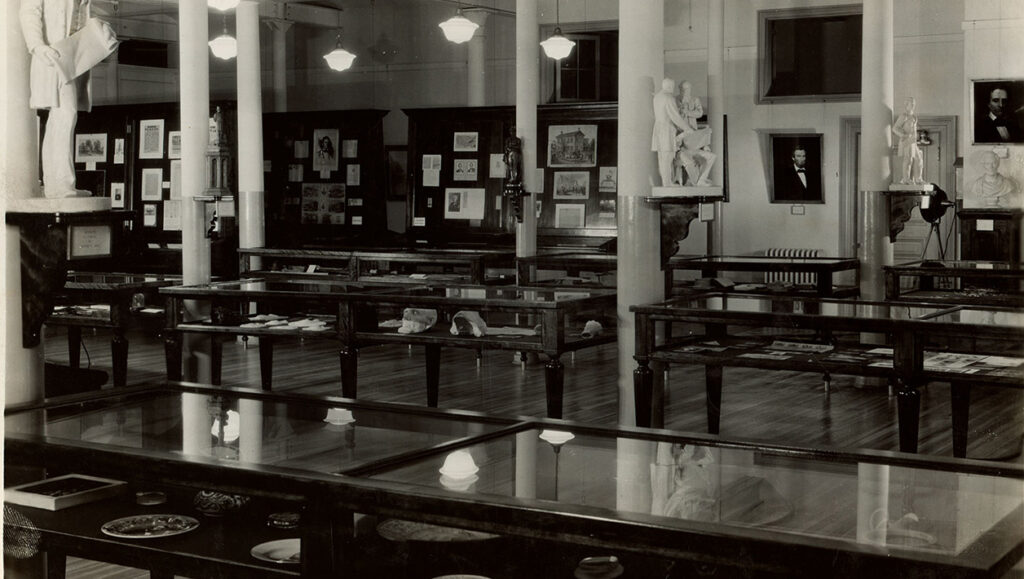
Lincoln Museum
1932-1968
Ford’s Theatre became the Lincoln Museum, under the National Park Service since 1933. While the Lincoln Museum focused on Lincoln’s life, visitors expressed a desire to see the original appearance.
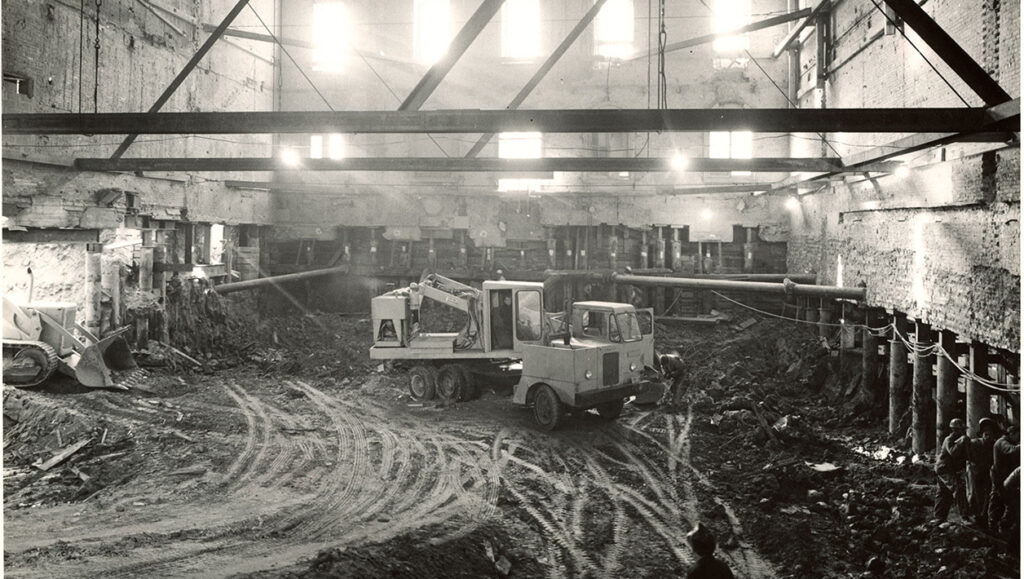
A Working Theatre & Historic Site
1968-Today
In 1968, the restored Ford’s Theatre opened with its first public performance since Lincoln’s assassination. Since then, the site has been a joint historic site and working theatre, extending Lincoln’s legacy through theatre, history and education.
Learn More
Curious about Ford’s Theatre past and present? Explore further!
- Virtual Tour of Ford’s Theatre
See what Ford’s Theatre and the Petersen House look like today. - Lincoln’s Assassination
Follow events of the Lincoln assassination as they unfolded.
- More about Ford’s Theatre history
Go in-depth into different incidents from Ford’s Theatre history on our blog.
